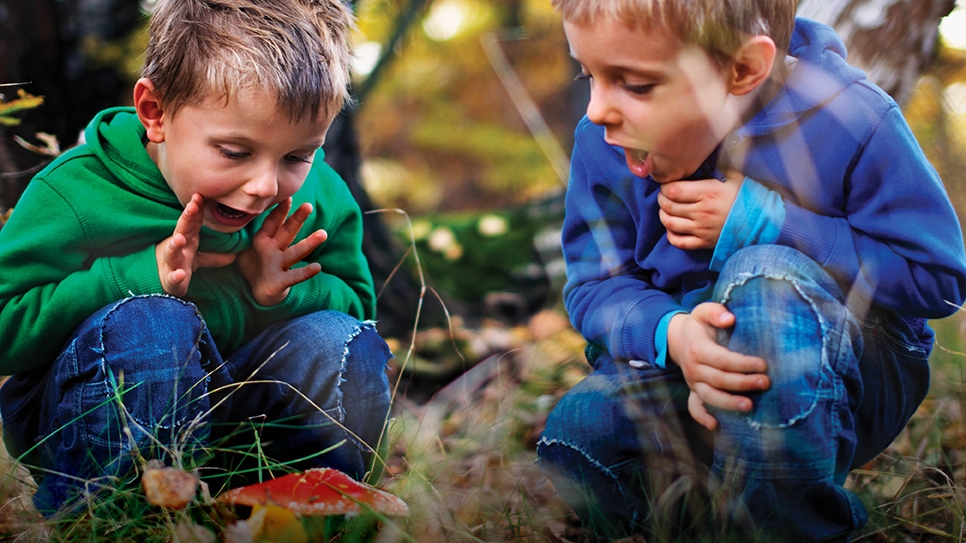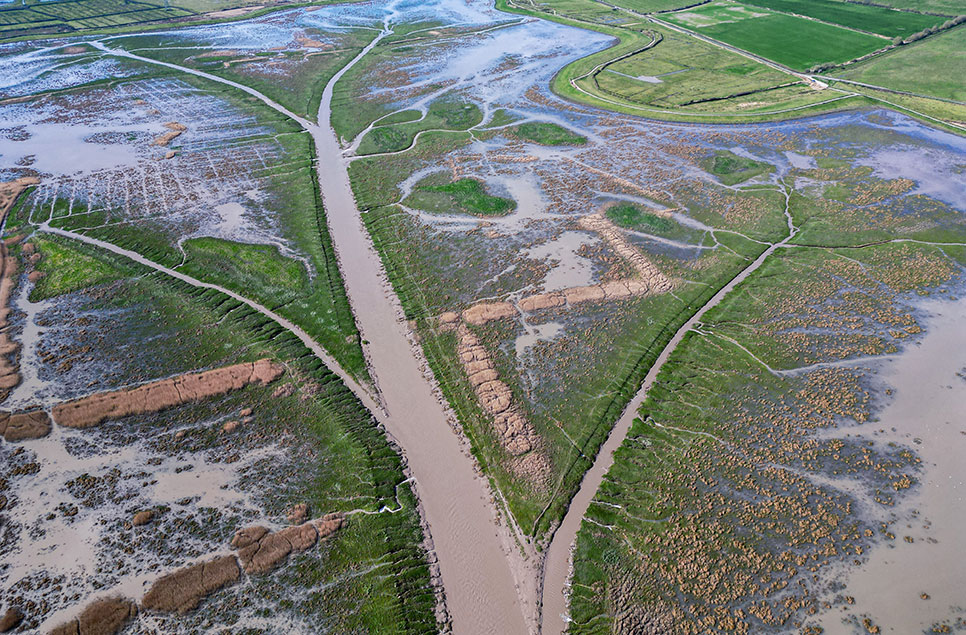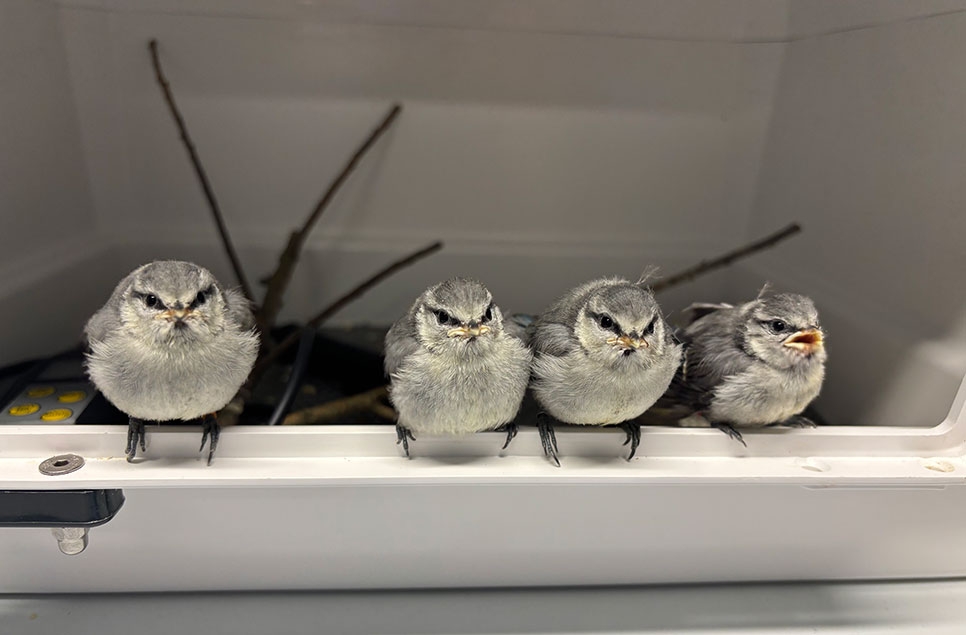WWT welcomes new invasive species law
A list of 37 invasive non-native plant and animal species including squirrels, a terrapin and a cabbage will be banned from being brought into the UK after this Wednesday – but only for as long as the UK remains in the EU.
A list of 37 invasive non-native plant and animal species including squirrels, a terrapin and a cabbage will be banned from being brought into the UK after this Wednesday – but only for as long as the UK remains in the EU.
The Wildfowl & Wetlands Trust (WWT) has welcomed the news because the EU list contains several species that are water-based, which allows them to spread easily and outcompete native British wildlife.
The water-based species include signal crayfish, Chinese mitten crab and water primrose which can grow aggressively and choke native water life of light, oxygen and space.
Invasive species cost the UK economy an estimated £1.7bn per year to control. Floating pennywort, which can grow 20cm a day, costs the economy £23.5m each year alone.
The EU Regulation comes into force in the UK on Wednesday 3 August. But it is not transposed into UK law so, as it stands, will cease to apply when the UK leaves the EU.
WWT Government Affairs Officer, Hannah Freeman said:
“Many foreign species are harmless but a few can have devastating consequences to our British countryside, as we’ve seen in the past with the fungi that caused ash dieback and Dutch elm disease.
“This European Regulation is a no-brainer that will save wildlife and also save our economy millions of pounds each year. It’s important that we continue to make those savings and keep managing harmful alien species once we leave the EU.
“Invasive non-native species is an ever-developing issue as climate and transport changes over time. This Regulation is a welcome first step, but more steps will be needed in future to keep pace with the threats to Britain’s wildlife, whether we’re a member of the EU or not.”
The EU Regulation makes it illegal to import, keep, breed or grow, transport, sell or use any of the listed species or to release any into the environment without a permit.
The Regulation obligates Member States to have a surveillance system in place within 18 months – which will include the UK (on the generally-accepted assumption that it will take more than two years to leave the EU).
A breach of the Regulation would result in a fine and the seizing of the animal or plant. (Nb the Regulation does not affect people who keep racoons or terrapins etc. already, but it would be an offence to release or pass them on)
The Regulation originally came into effect on 1 January 2015, but has waited for the list of regulated species to be agreed before it can be implemented – so 3 August 2016 is the first day that it can actually be enforced.
The full list of 37 species is:
Plants
American Skunk cabbage
Asiatic tearthumb
Curly waterweed
Eastern baccharis
Floating pennywort
Floating primrose
Green cambomba
Kudzu vine
Parrot’s feather
Persian hogweed
Water hyacinth
Water primrose (2 species)
Whitetop weed
Animals
Amur sleeper
Asian hornet
Small Indian mongoose
Bryant’s fox squirrel
Chinese mitten crab
Coypu
Eastern crayfish
Grey squirrel
Indian house crow
Marbled crayfish
Muntjac deer
North American bullfrog
Pallas’s squirrel
Racoon
Red eared slider
Red swamp crayfish
Ruddy duck
Sacred ibis
Siberian chipmunk
Signal crayfish
South American coati
Topmouth gudgeon
Virile (northern) crayfish



